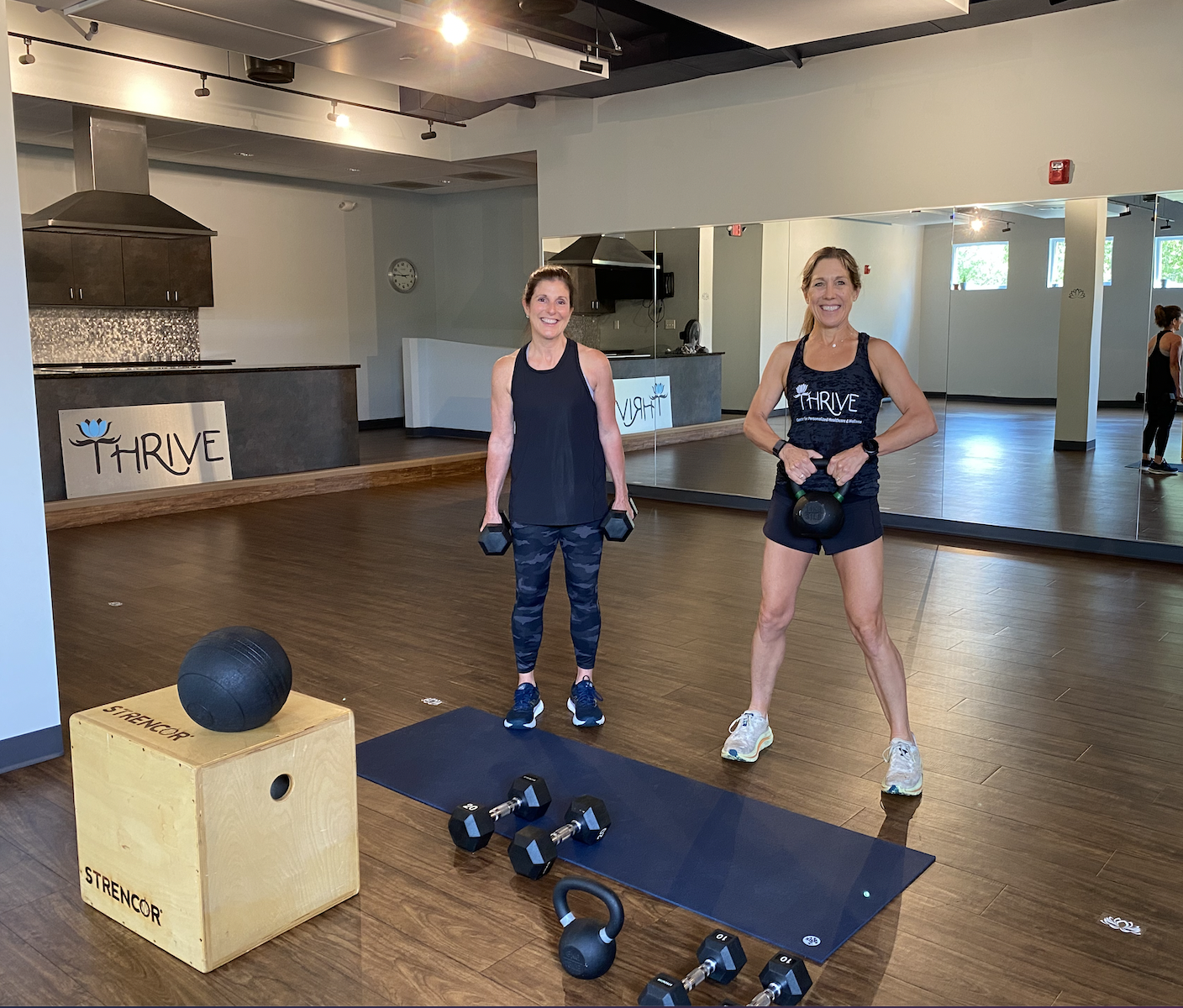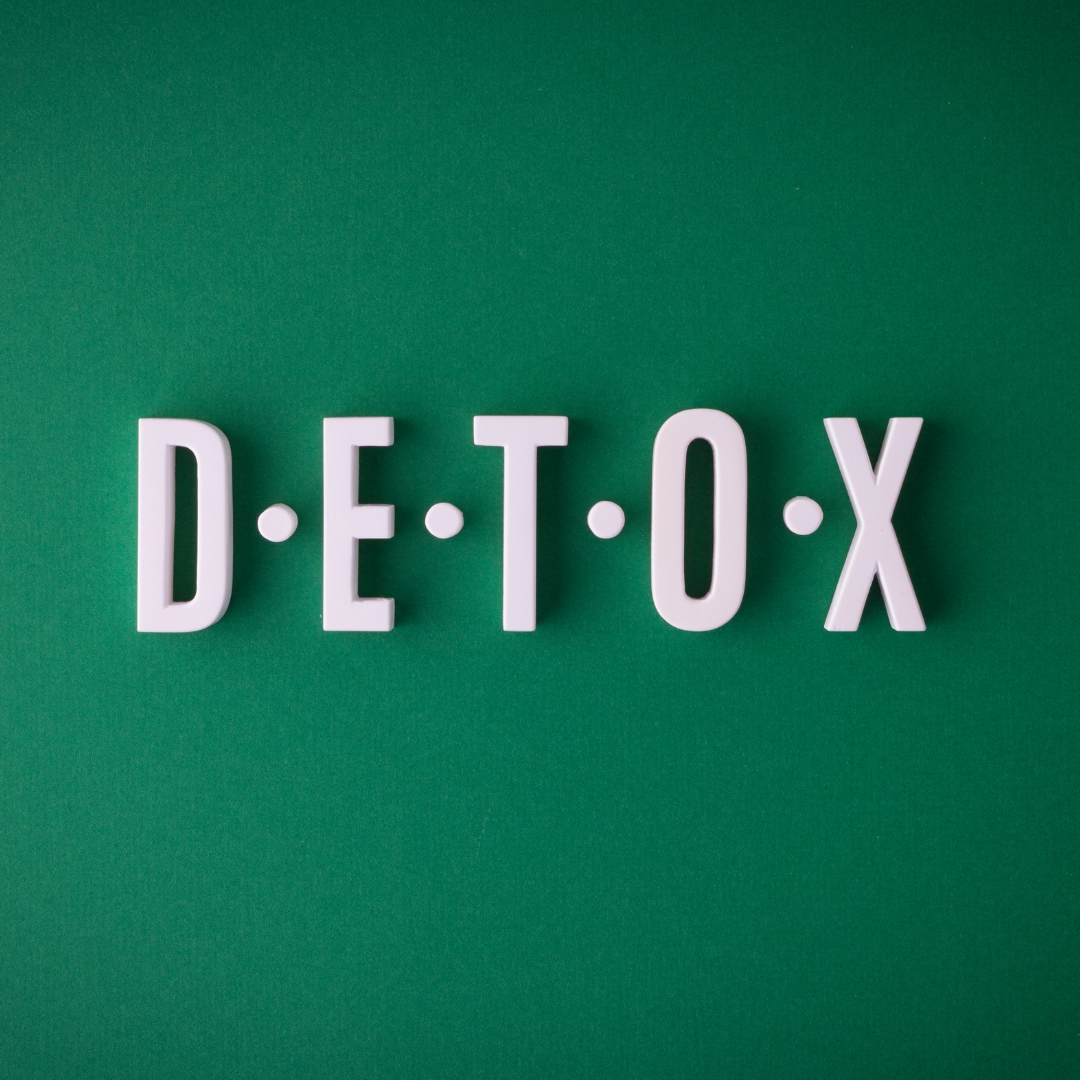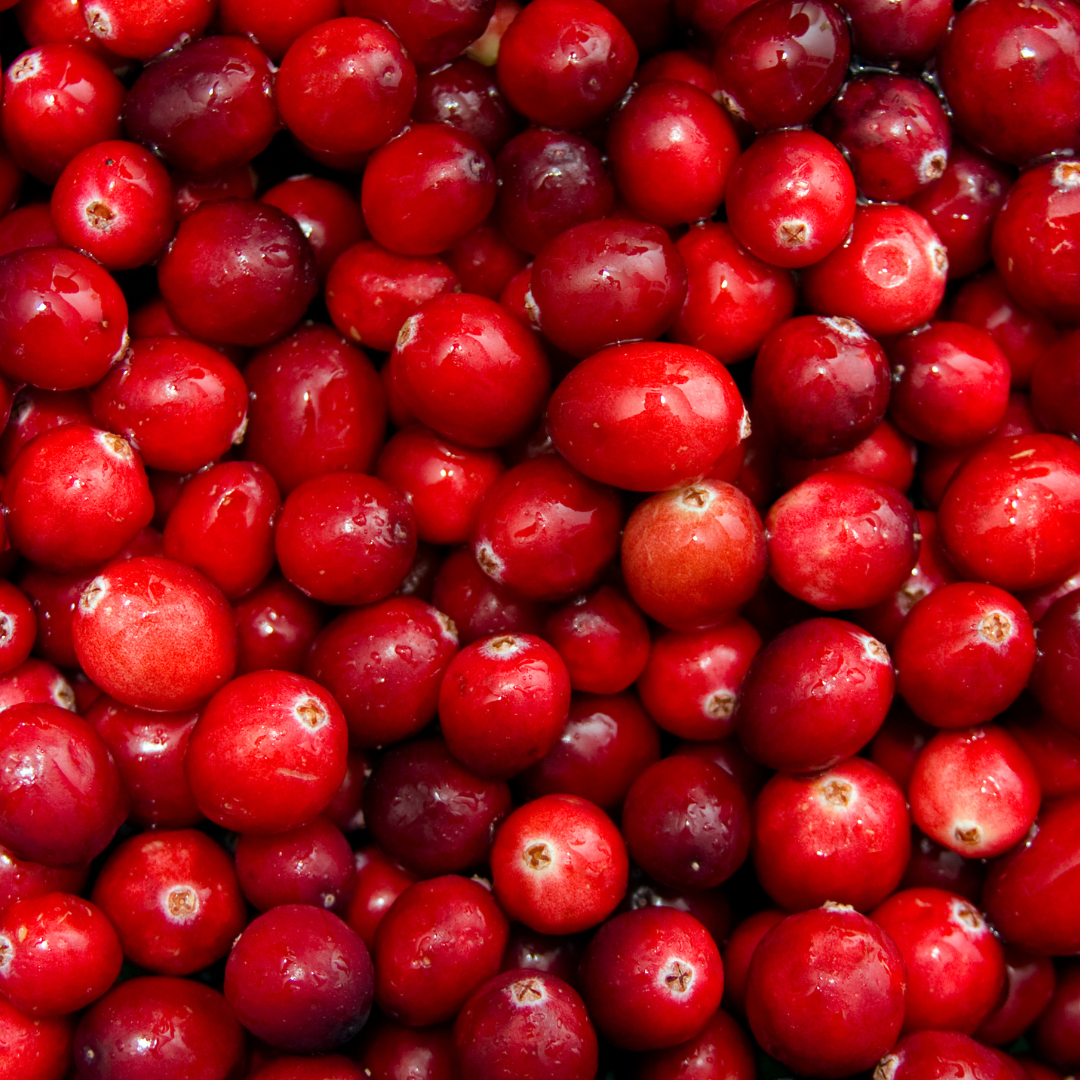The New Mediterranean Diet: A Modern Approach to Healthy Eating
Written by: Nancy Palermo Edited by: Thrive Carolinas Understanding the Evolution of the Mediterranean Diet The Mediterranean diet has long been recognized as one of the healthiest eating patterns. It is known for its ability to promote longevity and reduce the risk of chronic diseases such as heart disease and diabetes. Traditionally, this diet is associated with the cuisines of Greece, Italy, and Spain, emphasizing whole foods like fruits, vegetables, whole grains, legumes, lean proteins, olive oil, nuts, and seeds. However, limiting the Mediterranean diet to just these three countries overlooks the diverse and equally nutritious diets of more than 20 nations that border the Mediterranean Sea. What Is the New Mediterranean Diet? The New Mediterranean Diet expands on the traditional Mediterranean diet by incorporating a wider variety of global...











